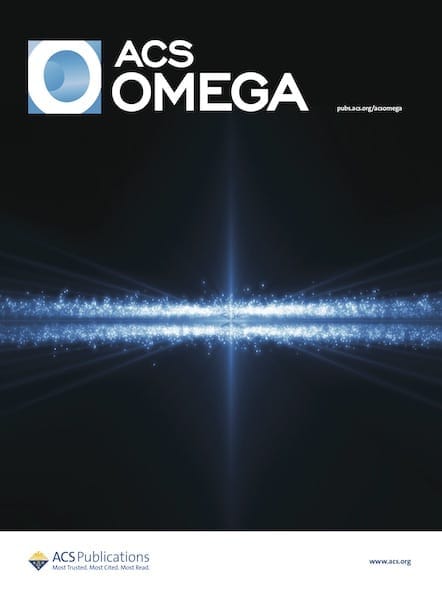Sparklers are a favorite for holidays and celebratory events across the world, providing dramatic and eye-catching bursts of light. While their flames can span the rainbow, the actual sparks that fly and branch out are traditionally limited to dark red, gold, or white light. But chemists are now uncovering new ways to expand the pyrotechnic […]

Sparks are tiny pieces of materials that, when heated to a certain temperature, produce visible light. Long-flying sparks formed from hot, incandescent metal particles are essential components of sparklers, fireworks, and other pyrotechnic spectacles—however, these traditional metallic sparks may leave something to be desired due to their limited color range. This is because the color of the spark is controlled exclusively by the temperature of the metal heated by surface combustion, a phenomenon known as black or gray body radiation.
In recent decades, studies have demonstrated the potential for rare-earth metals to be promising agents for more colorful pyrotechnic displays and spark variety due to their low boiling points and ability to burn in the vapor phase. Unfortunately, the metals are consumed very quickly during vapor-phase combustion, resulting in only brief flashes of light rather than the desired effect of long, branching sparks.
But now, a recent study published in ACS Omega reports that rare-earth metals in alloy powder form can produce flashes that shift from gold to green while maintaining continuous branching and sparking effects. This study is thought to be the first investigation into how such alloys expand spark colors beyond the black body limit, as well as their impact on branching behavior.
Overall, the researchers studied 11 commercial and synthesized alloys plus six rare-earth elements. They were able to achieve deep green spark segments based on eutectic ytterbium–zinc (Yb–Zn) and ytterbium–copper (Yb–Cu) powders. Once ignited, Yb–Cu burst into a shower of both gold and green sparks. In contrast to pure Yb, the Yb–Cu sparks successfully traveled outside of the flame, reaching significant lengths of 3–6 cm. The resulting effects appeared as a mixture of surface combustion (gold), vapor combustion (green flashes), and color-changing sparks with deep green and golden stages, repeating several times over.
In addition to color, the researchers demonstrated that rare-earth metal alloys could influence the branching behavior of sparks. Among the various candidates that were analyzed, the neodymium-iron-boron alloy Nd2Fe14B proved to be the most ideal and practical due to its stable phase and ability to produce bright, continuous branching effects.
The authors conclude that binary metal alloys could one day play a vital role in enhancing the color variety and spark behavior of handheld sparklers and other pyrotechnic devices. However, further research and intensive safety testing must be conducted to ensure commercial viability.
So, as you stand under your next fireworks show or trace shapes in the cold night air with a sparkler, spare a thought for the chemists working to light up the skies and add color to our celebrations.
To see the research in action, watch the video below created by the ACS Science Communications team:
Learn more about the chemistry of pyrotechnics in ACS journals:
- Ritchie, T. et al. Evolution of Medieval Gunpowder: Thermodynamic and Combustion Analysis. ACS Omega 2021, 6, 35, 22848–22856
- Dong, W. et al. Multidimensional Energetic Coordination Polymers as Flame Colorants: Intriguing Architecture and Excellent Performance. Cryst. Growth Des. 2022, 22, 9, 5449–5458
- Cao, W. et al. Access to Green Pyrotechnic Compositions via Constructing Coordination Polymers: A New Approach to the Application of 3,4-Dinitropyrazole. ACS Appl. Mater. Interfaces 2022, 14, 28, 32084–32095
- Zeman, O. Diketopyrrolopyrrole─A Greener Alternative for Pyrotechnic Smoke Compositions. ACS Sustainable Chem. Eng. 2022, 10, 14, 4788–4791
- Fan, S. et al. Are Environmentally Friendly Fireworks Really “Green” for Air Quality? A Study from the 2019 National Day Fireworks Display in Shenzhen. Environ. Sci. Technol. 2021, 55, 6, 3520–3529

